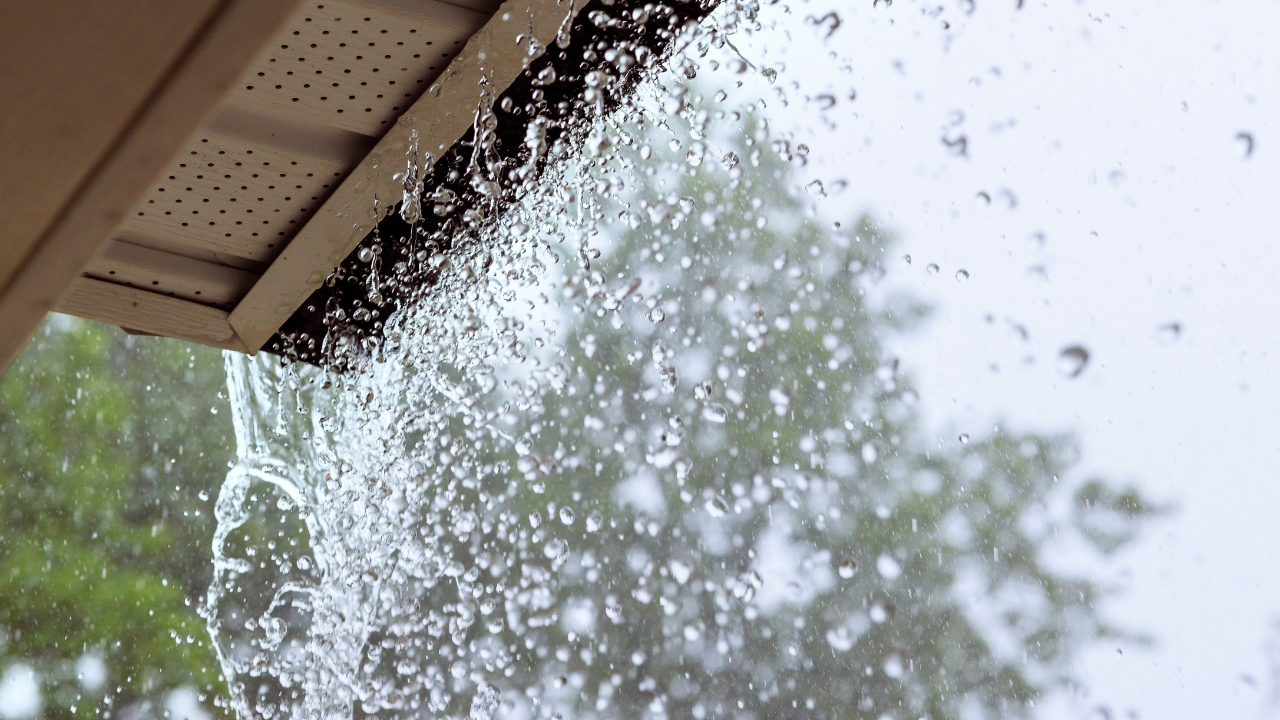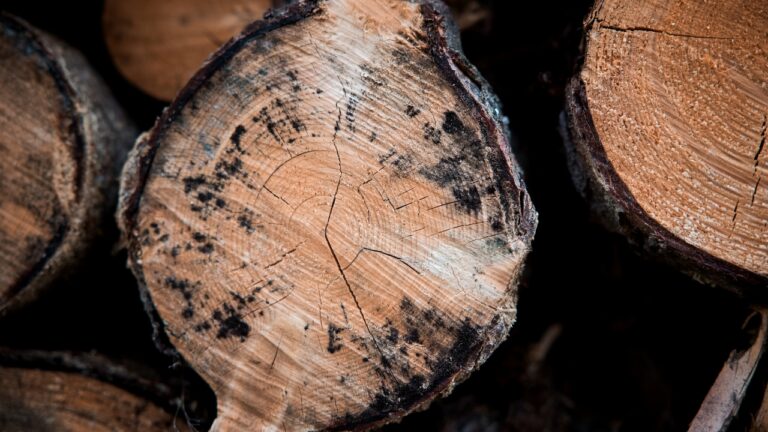10 things you forget to prep until the weather turns ugly
Every year, the first storm or cold snap catches people off guard. You think you’re ready—until the power flickers or the driveway floods and you realize what you missed. Bad weather has a way of testing every weak spot around the house, and most of those problems start with things that seemed fine a week earlier.
A little prep goes a long way, but only if you remember the details. Here’s what most people overlook until it’s too late.
Gutters and downspouts
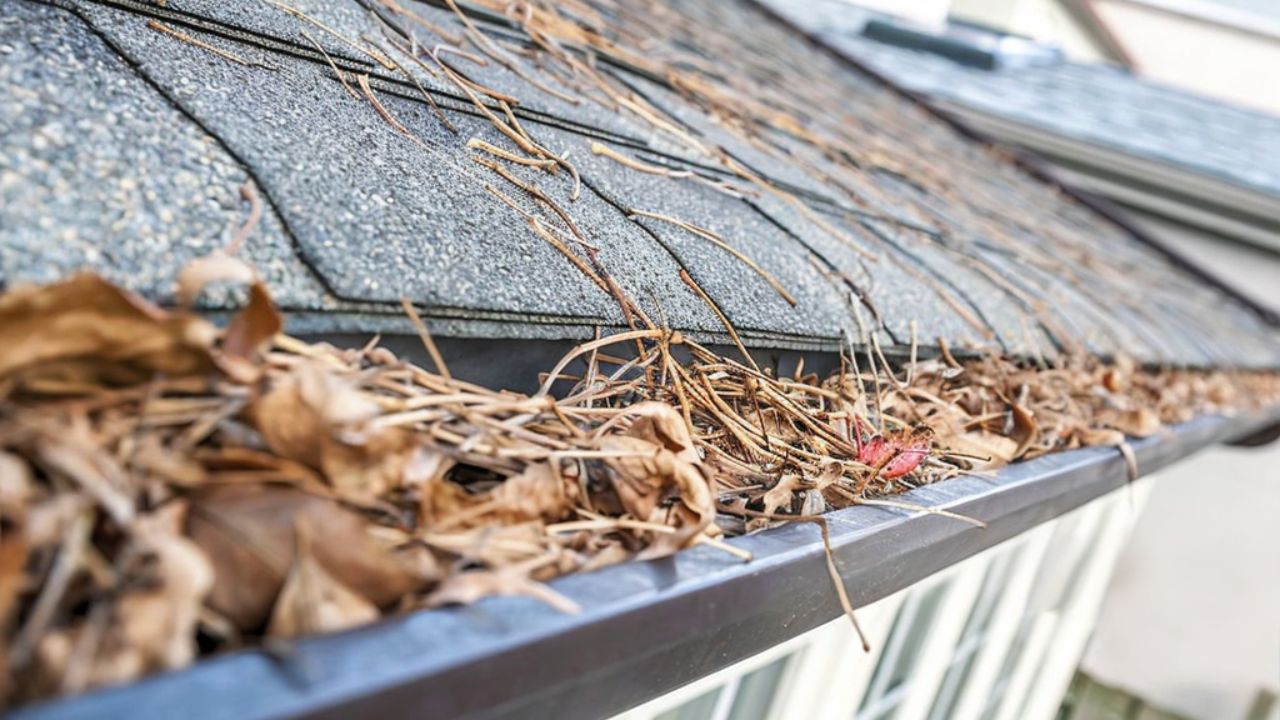
When gutters are clogged with leaves, rainwater spills over the edges and seeps into your foundation. That overflow can also lead to icy walkways and flooded flower beds. Before the weather turns, clear them out and make sure downspouts are pointed well away from the house. If you haven’t added extensions, now’s the time—otherwise, you’ll be dealing with erosion or basement dampness once the heavy rain hits.
Generator readiness
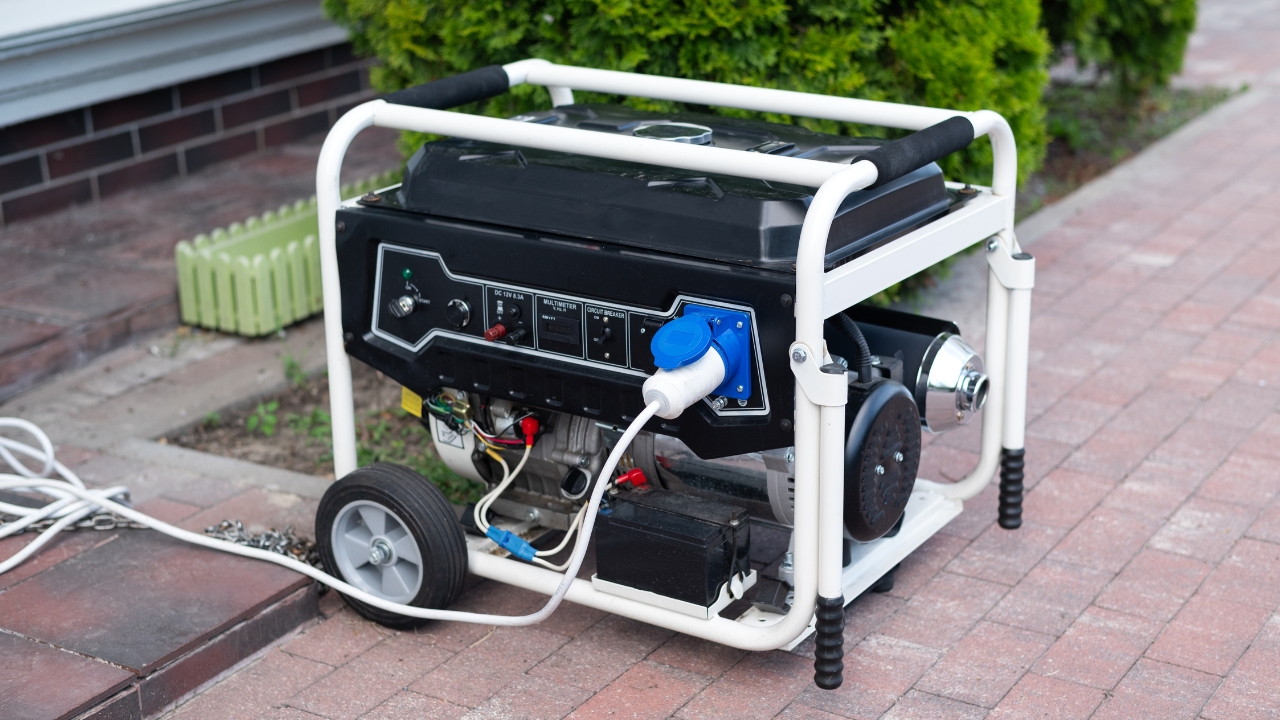
A generator won’t do you any good if it won’t start when you need it. Fuel goes bad, batteries die, and cords get misplaced. Test-run your generator before storm season, top off your fuel, and store it properly. Don’t forget to keep it far enough from the house to avoid carbon monoxide buildup. When the power goes out, you’ll be glad you treated it like part of your regular maintenance routine instead of an afterthought.
Outdoor faucets and hoses
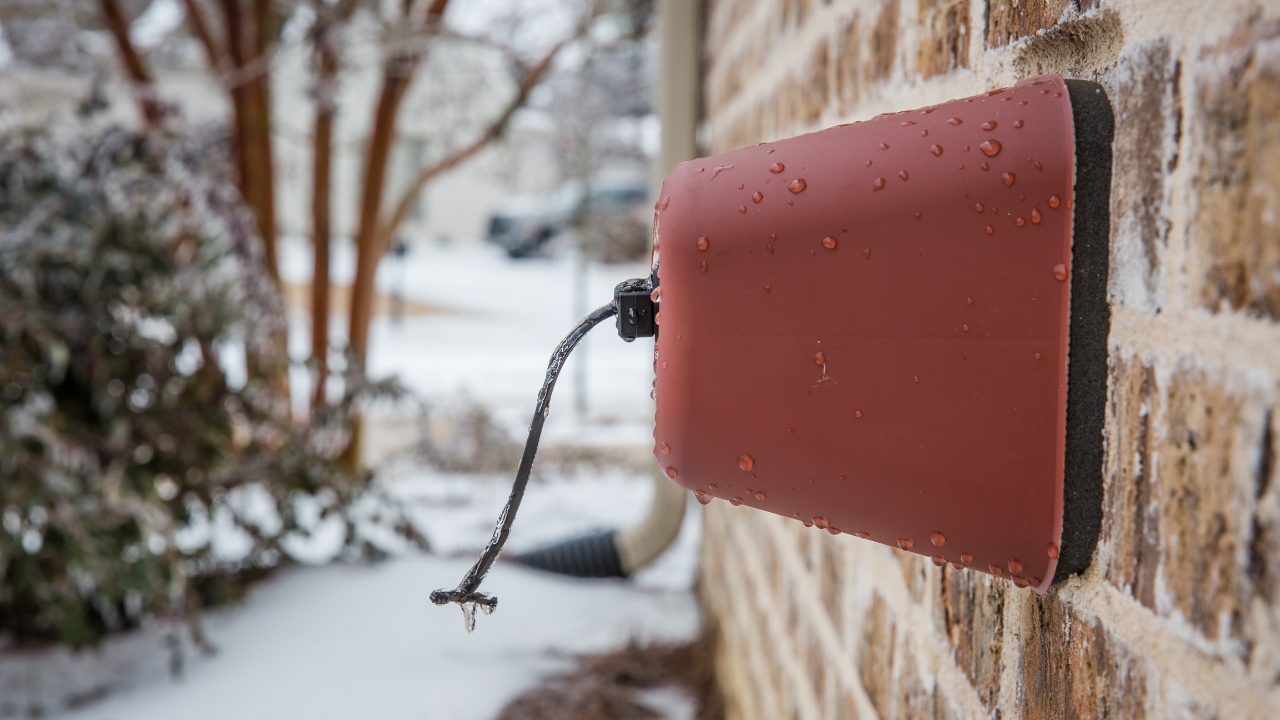
One cold night is all it takes for an unprotected faucet to freeze and burst. Disconnect every hose and drain it before temperatures drop. Use faucet covers or insulation sleeves on outdoor spigots, especially if they’re not frost-proof. Even in milder climates, a sudden freeze can cause enough pressure to crack pipes and flood a wall. It’s a quick five-minute job that can prevent a costly plumbing repair.
Tree limbs near the house

Those overhanging branches that seem harmless in summer can turn dangerous in wind, ice, or heavy rain. Wet or frozen limbs are heavy, and all it takes is one to knock out a roof section or power line. Trim back anything within reach of the house or driveway before bad weather starts. You’ll have a safer yard and far less debris to clean up when the storm passes.
Sump pump check
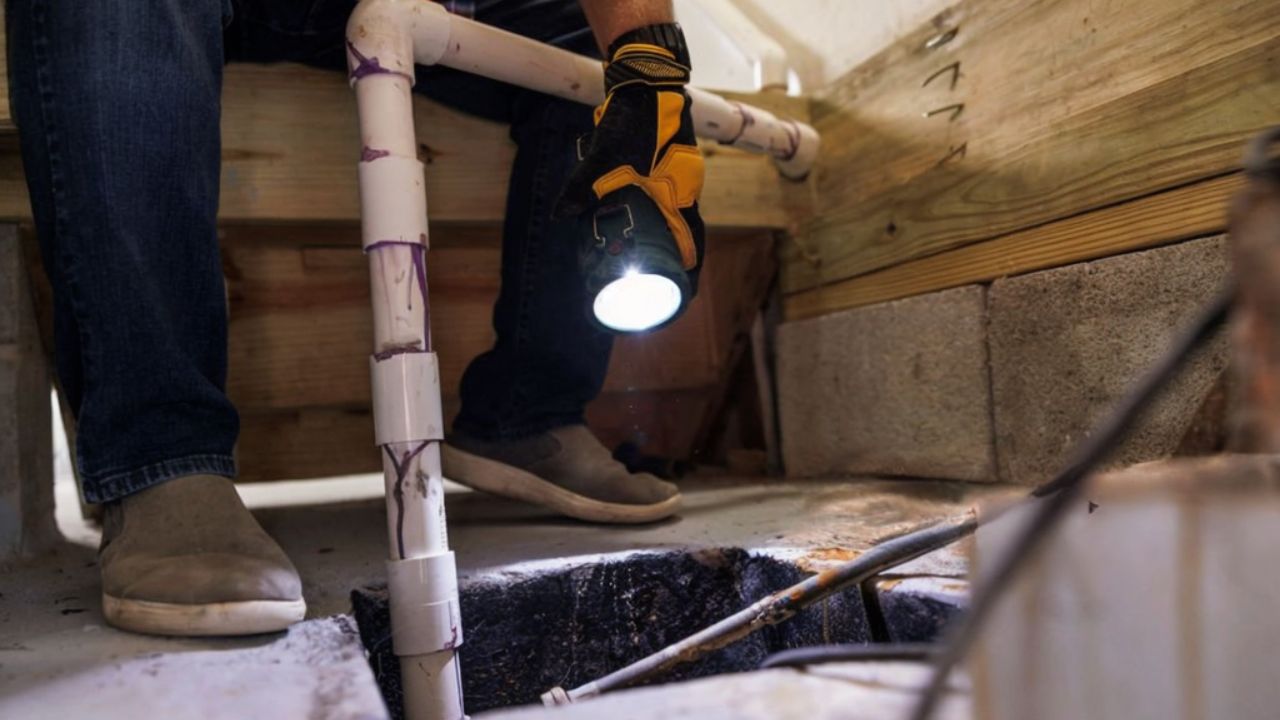
If you have a basement, your sump pump is the last line of defense against flooding. Pour a bucket of water into the pit to make sure it kicks on automatically. Clear any debris from the inlet and make sure the discharge line isn’t frozen or blocked. A few minutes of testing now can keep you from wading through ankle-deep water later.
Flashlights and batteries
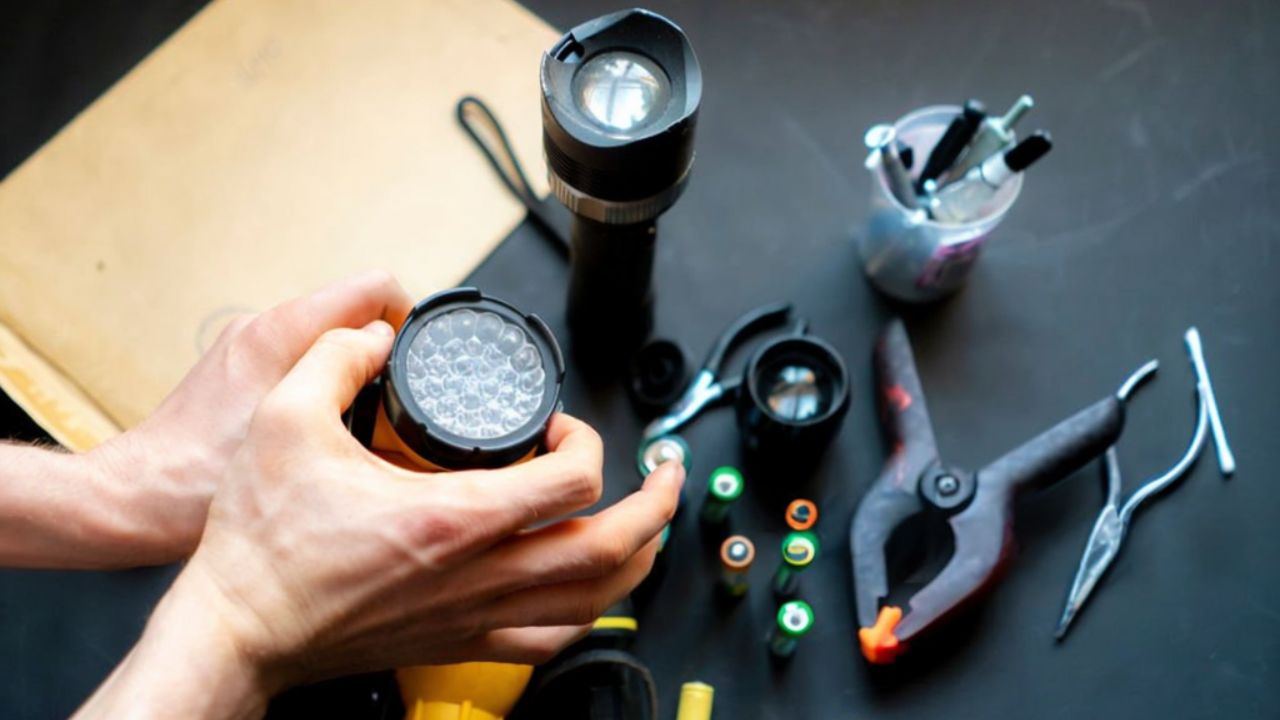
It’s one of those things you assume you have covered until the lights go out and the flashlight is dead. Check that all your flashlights and lanterns work, and stock fresh batteries in a dry, easy-to-reach spot. Rechargeable options are great, but keep a few battery-powered backups in case the outage lasts longer than expected. A reliable light source isn’t optional once you’re in the dark.
Roof inspection

Small roof issues become big ones fast once storms roll in. Loose shingles, cracked flashing, or sagging gutters can let in water before you realize it. Take a quick look after any wind event and before winter sets in. If you see daylight in the attic or notice granules collecting in your gutters, it’s time for repairs. Preventative maintenance costs far less than patching water damage.
Vehicle emergency kit

Bad weather doesn’t always wait for you to be home. A car kit with blankets, jumper cables, snacks, and a flashlight can make a big difference if you get stuck. Add an ice scraper, tire inflator, and extra phone charger while you’re at it. Even short drives can turn unpredictable when the weather turns, so keep your gear stocked year-round.
Drainage areas

Low spots in your yard or near your driveway can quickly turn into ponds during heavy rain. Check that your ditches, culverts, and French drains are clear of debris. If water isn’t moving the way it should, fix it before the next downpour. Proper grading keeps water flowing away from your home instead of toward it—and saves you a lot of cleanup later.
Backup heat sources

If your power or main heat goes out, you’ll be glad to have a plan B. Whether it’s a propane heater, wood stove, or fireplace, make sure it’s clean and ready to use. Stock extra fuel and keep a carbon monoxide detector nearby. Even in southern climates, an unexpected freeze can leave you shivering without warning, so plan for warmth before you actually need it.
*This article was developed with AI-powered tools and has been carefully reviewed by our editors.

